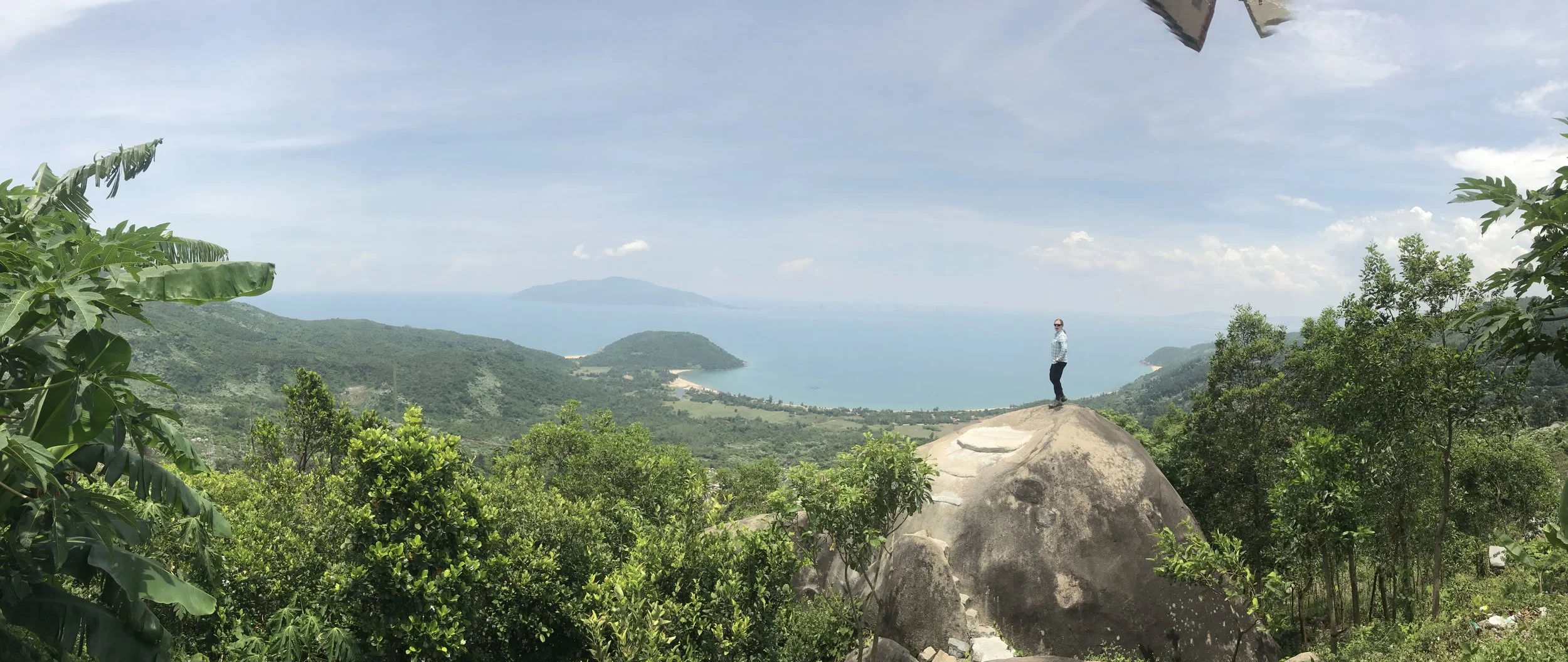"Morocco in Technicolor" by Jaycee Miller
The first week here, one of my peers told me that they chose Morocco because it is “so colorful.” It’s true. Rihanna even named her Fenty Beauty palette after it. From the vibrant shades of leather in Fez tanned with saffron, indigo, henna, and poppy flowers, to the mesmerizing hues of blue coating the medina of Chefchaouen, to the warm pink walls of Marrakech that bake under the hot summer sun, Morocco is full of color. The Erg Chebbi sand dunes in the Sahara are a kind gold I can only equate to yellow curry, and the sunsets over the Atlantic from the Rabat neighborhood of L’Ocean display a never-before-seen palette of pink, orange, and blue every single day.
I’m from Buffalo, New York where we love the Bills, the Sabres, and the UB Bulls. Blue is the color of all of these teams’ the color of the city flag, the state flag, Lake Erie, and the ground when the bright winter sky illuminates the snow in a light blue hue. Blue makes me feel homey; It has a sentimental quality unlike any other color on the electromagnetic spectrum. I’ve been living in Rabat for about three and a half months now, which is about as different from Buffalo as cities come, but I set out to document the things that made me feel at home. The following are the bluest photos I’ve taken during my happiest days here in my temporary home.






